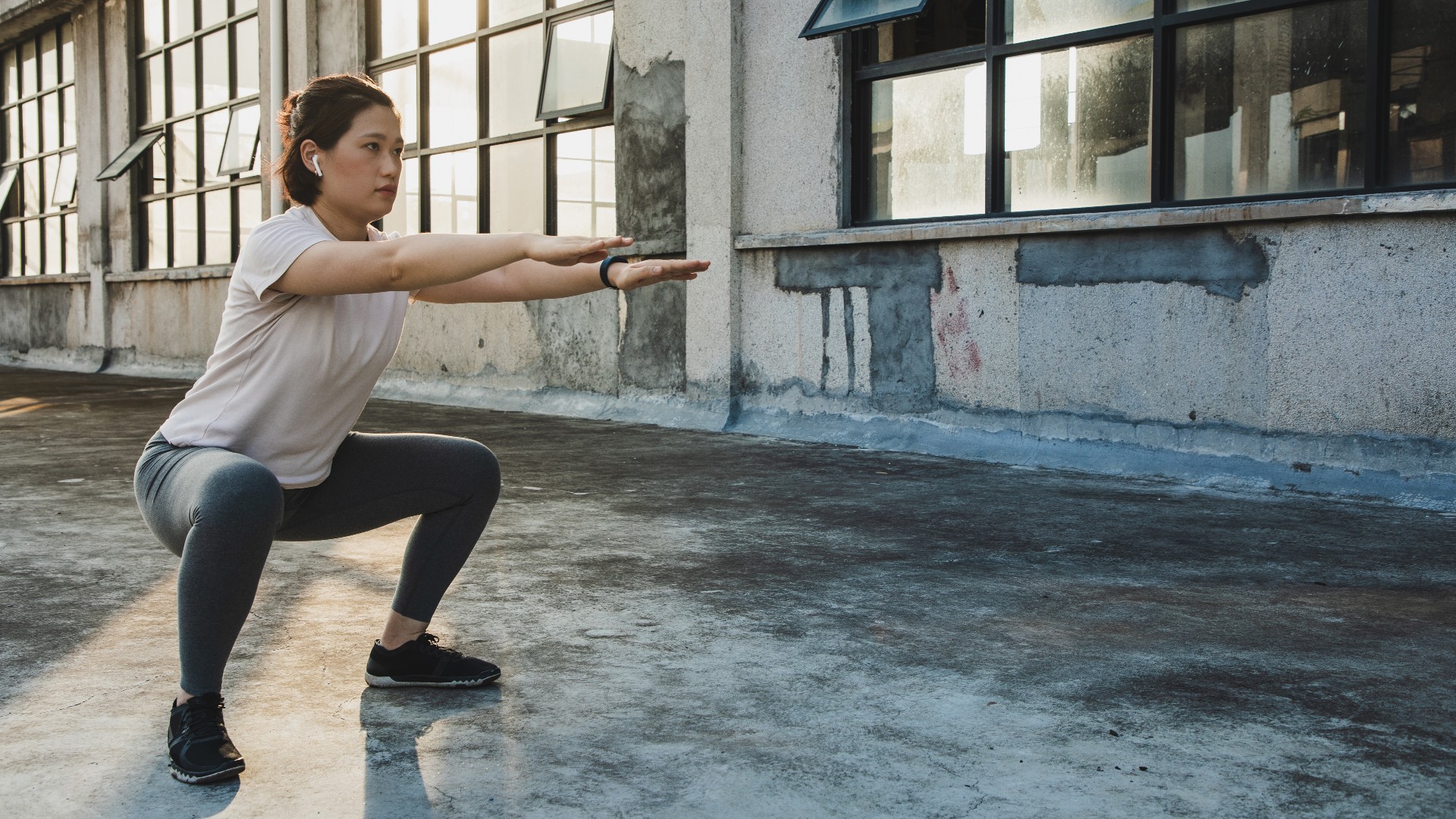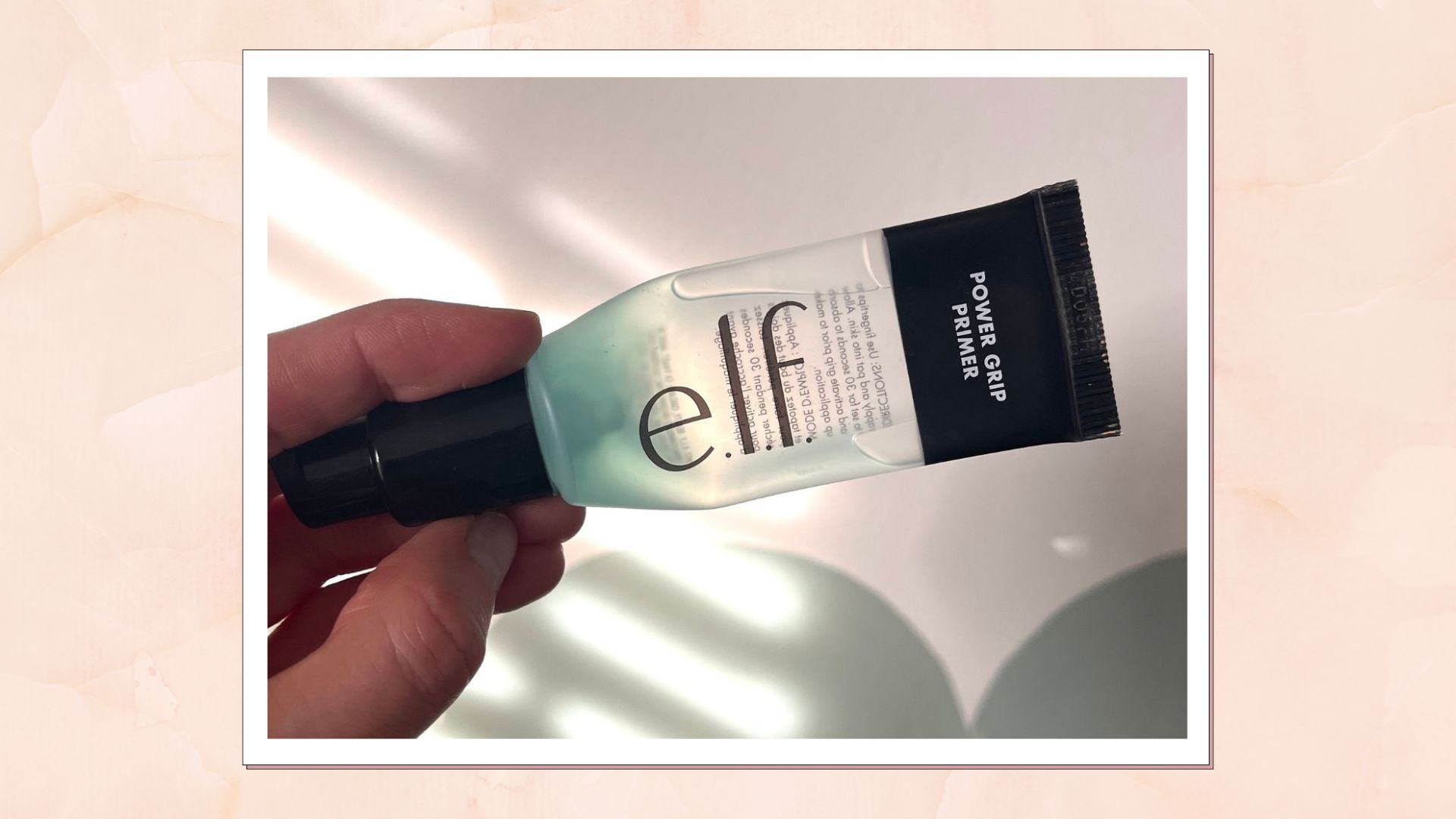Best bodyweight exercises for strength training at home
The best bodyweight exercises will help strengthen your bones and tone up vital muscles

The best bodyweight exercises require no equipment. So you can work out at home without buying any fancy weights, and better your overall health and fitness from the comfort of your living room.
Not tried bodyweight exercises before? You're missing out! You don't need anything to get started—but you may want to invest in one of the best yoga mats from our expert-approved guide to reduce the impact on joints and provide stability as you work out.
Just like ab workouts for runners or resistance band workouts, one huge benefit of regularly doing the best bodyweight exercises is that they can keep you free from injury, especially as you get older. “Bodyweight exercises can lead to a reduced risk of injury,” says personal trainer and lifting coach Nick Parkes. “By having strong muscles, you allow them to bear more load and cope with the challenges in everyday life. This will also increase your balance and lower the risk of falls.”
And that's not the only reason why strength training for women is so important. “By putting load and stress through our bones, we promote strong skeletal strength and reduce the risk of fractures and osteoporosis,” says Nick. “Added to this, there will be an improvement in joint flexibility, as by regularly loading the joints, you maintain their true range of motion and reduce the risk of general aches and pains and also arthritis.”
The best bodyweight exercises can also increase metabolism. Your metabolic age can say a lot about your health and increasing it can pay dividends when it comes to long-term fitness. “Muscle burns three times more energy than fat,” says Nick. “So, by having more muscle your body becomes more efficient at using instead of storing calories.” So bodyweight exercises can be a good way to stave off menopause weight gain and help with losing belly fat. Aim to do our best bodyweight workout three times a week to tone up, build strength and help you feel your absolute best.
The best bodyweight exercises
The best bodyweight exercises can be done anywhere, but practice is essential. “Practising allows you to lock in great technique on your movements,” says Nick. “And, once you have mastered this, then you can potentially add external loads.”
Got your best leggings on? Nick, who is a Virgin Active Grid Training Activist, shares his top five best bodyweight exercises. Where not instructed otherwise, aim for 10 reps of each and four rounds, with a 30 seconds rest between each movement…
Sign up for the woman&home newsletter
Sign up to our free daily email for the latest royal and entertainment news, interesting opinion, expert advice on styling and beauty trends, and no-nonsense guides to the health and wellness questions you want answered.
1. Push-ups
Why it’s great: A push-up is one of the ideal bodyweight exercises for building upper body strength, in particular working the chest, shoulders and triceps—the muscles that run along the back of your upper arm. Developing your chest muscles can help with posture.
How to do it: Start on all fours with wrists directly under shoulders. Lift up your knees so your body is in a straight line. Bend at the elbows and lower your chest down, pausing when it’s close to the ground. Then, push up through your palms, back to the start position.
This can be a tricky bodyweight exercise to master, so you may well want to start on your knees instead and build your strength up from there.
2. Tempo Squats
Why it's great: Working your lower body can help improve your fitness in other areas, such as running or Nordic walking. Plus, the tempo squat will help tone legs, primarily the quads (muscles at the front of the thigh), the hamstrings (along the back of the thigh), and the glutes (aka your bottom).
How to do it: The Tempo Squat is a variation of the traditional squat. Nick explains that it involves changing the speed of the squat movement by making it slower. Aim to take three seconds to drop down into your squat, pause at the bottom, then push yourself up back into standing by pushing up through your heels.
Unsure how to squat? Stand with feet just wider than hip-width apart, then bend at the knees and sit back, as if there was a chair behind you. Stop when your thighs are parallel to the ground. Throughout, keep your gaze forward and back flat, ensuring that your heels don’t come off the ground.
3. Plank Hold
Why it's great: Although there’s no movement involved in a plank, the muscles in your body are being held under tension for a period of time. This is a great way to develop muscles and make you feel stronger and help create that 'toned' look. The plank hold specifically targets the core muscles as well as helping with shoulder strength and stability.
A strong core is is just one of the ways to help improve posture. It is also useful for general day-to-day movement, from bending down to picking up the shopping, to simply getting out of bed.
How to do it: Using a thick yoga mat for support, balance your body on your forearms and toes. Engage your abdominal muscles, don’t let your hips drop down and keep your gaze down to the ground. Ensure elbows and shoulders are in line with each other.
Hold this for as long as you can, for a maximum of 60 seconds.
4. Reverse Lunge
Why it's great: Unilateral moves, which work one side of the body at a time, are great for improving your balance. Plus, you can often notice which side of your body is stronger or weaker, and then adjust your at-home workouts accordingly to level things out. The reverse lunge works the quads, glutes, hips, and core.
How to do it: Stand tall with feet hip-width apart, back flat, and gaze forward. Step backward with your right leg and bend at the knee so the right knee nearly touches the ground. Your front knee will also be bent so your thigh is about parallel to the ground. Ensure your front foot is flat on the ground, then push through the front heel to rise back to standing. Keep alternating between right leg reverse lunge and left leg reverse lunge.
5. Pull Ups
Why it's great: Nick dubs pull-ups as the “ultimate upper body strength exercise” however they are far from easy! These work the biceps—the muscles that run along the front of your upper arms, as well as your back muscles. You’ll need a high bar for this or you can use a door frame.
How to do it: Much like push-ups, these can be hard to master. Nick explains that you will need to grip an overhead bar for this move and lift your body until your chin is above that bar. Your back and arms pull your body up while your abs prevent your lower back from arching.
The downside of bodyweight exercises
However, one of the downsides to bodyweight exercises is that as you get stronger and fitter, there is no extra resistance to add.
If you have the equipment to hand, such as dumbbells, kettlebells, sandbags, or other forms of weight, this can be easily resolved as these provide further resistance to challenge your muscles. You could also add resistance bands into the mix.
Another pitfall to the best bodyweight exercises is that they can lead to potential injury or soreness when they are done incorrectly. So maintaining great form and following our step-by-step guide is key!
Lucy Gornall is the former Health & Fitness editor at Future and a personal trainer specializing in pre and post-natal exercise.
-
 This £10 primer is the only thing that can make my foundation last past lunchtime
This £10 primer is the only thing that can make my foundation last past lunchtimee.l.f. Power Grip Primer is the budget buy our oily-skinned Beauty Editor, Jess Beech, can't live without
By Jess Beech Published
-
 The eye cream Reese Witherspoon uses to banish 'concealer creasing' and puffiness was already a bargain - now it's on sale
The eye cream Reese Witherspoon uses to banish 'concealer creasing' and puffiness was already a bargain - now it's on saleThe inexpensive eye cream Reese Witherspoon uses to reduce puffiness, dark circles and creases in her concealer is even more affordable than usual today.
By Charlie Elizabeth Culverhouse Published